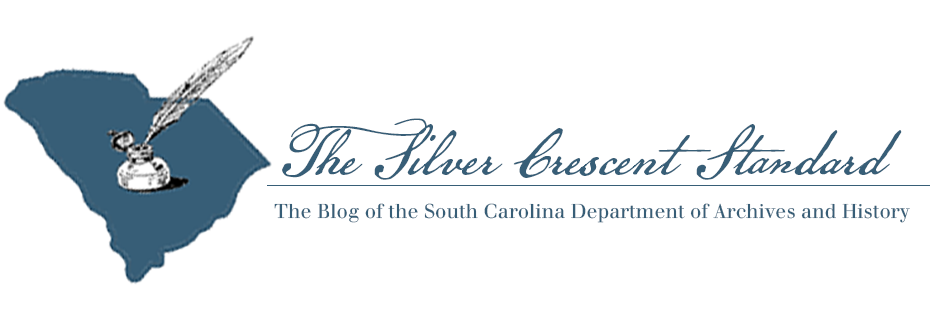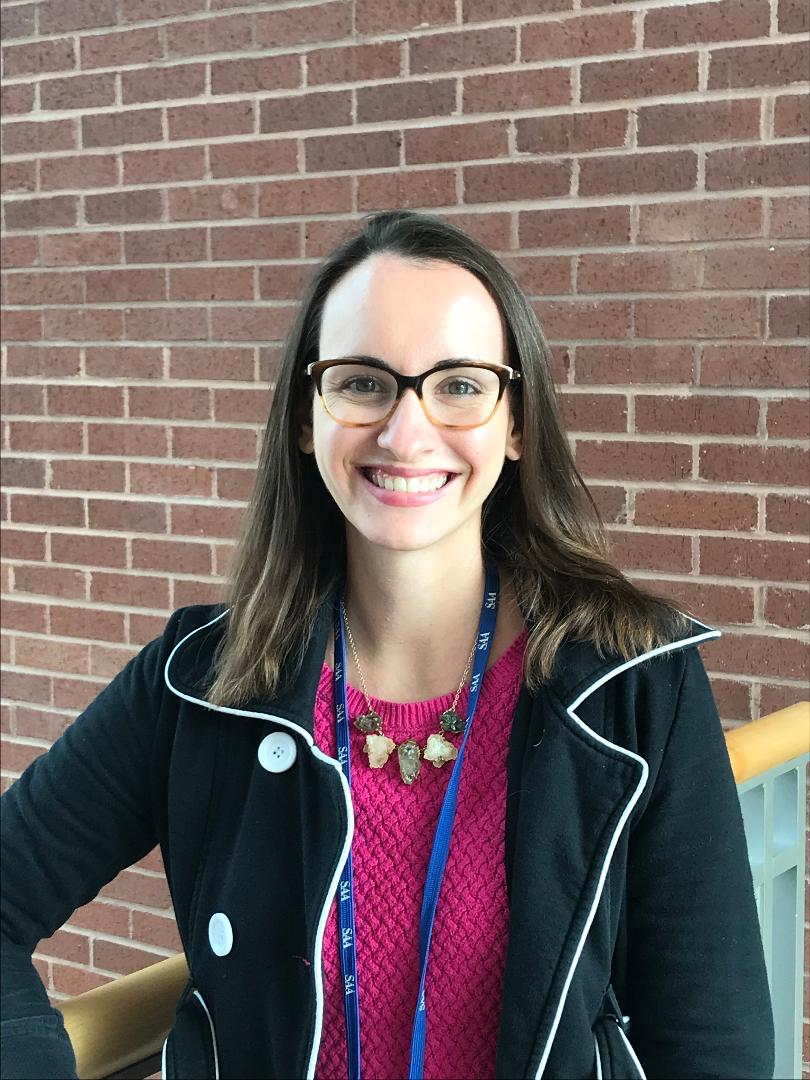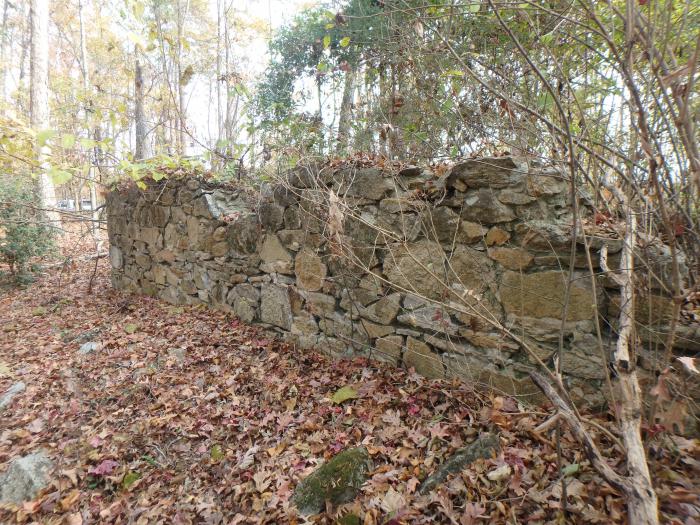
I am originally from Chester, South Carolina and attended the University of South Carolina where I received my Bachelor of Arts (B.A.) in Anthropology in 2011. Following graduation, I completed the North American Archaeology internship at the American Museum of Natural History in New York then enrolled in graduate school at the University of Massachusetts- Boston. While in Boston, I gained experience working with archaeological collections at the Boston Children’s Museum and the Robert S. Peabody Museum of Archaeology. I graduated in 2014 with a Master of Science (M.S) in Historical Archaeology. Prior to accepting the position at the SCDAH in 2017, I worked in Cultural Resource Management for the National Park Service at Colonial National Historical Park and as the Collections Manager for Discovery Place Museums in Charlotte, NC.

What do you do in the State Historic Preservation Office?
I am the Archaeologist for the State Historic Preservation Office. Primarily, I work in Review and Compliance where, under applicable federal and state laws, I consult with agencies and applicants to review projects in order to: identify archaeological sites that are listed in or eligible for listing in the National Register of Historic Places (NRHP), evaluate the impacts of proposed projects on these sites, and determine ways to avoid, minimize, or mitigate negative impacts. The responsibility of our office in regards to federal agencies comes from Section 106 of the National Historic Preservation Act which requires agencies to take into account the effects of their “undertakings” on historic properties listed in or eligible for listing in the NRHP. An undertaking can include any project or activity that is permitted, licensed, or approved by a federal agency. I also complete reviews of projects for DHEC-OCRM, DHEC-Mining and the SC Department of Commerce under various state mandates. In addition to identifying and evaluating the impacts of projects on NRHP-listed or eligible archaeological sites, I review all of the archaeological literature completed for compliance projects in the state and oversee the data compiled by our office for SC ArchSite, the online GIS system for cultural resource information in South Carolina. I also participate in the review of Federal Historic Preservation Grants administered by our office and National Register of Historic Places nominations for archaeological sites.
Why did you want to work in archaeology?
I decided to pursue a career in archaeology because of the personal and tangible connection it provides with people of the past. I find archaeological research and the preservation of archaeological sites to be crucial to our shared understanding of the past as the material record of everyday life can be used alongside historic documents and narratives to provide a more textured interpretation of how broad historical events and movements were experienced on an intimate and personal scale.
Do you have a favorite historic structure or property in South Carolina?
A highlight of working in the State Historic Preservation Office is the exposure it provides to the countless exceptional historic properties located across the state. While each week I find myself fascinated by a new discovery, a standout for me is the early 19th-century Mount Dearborn Military Reservation (Site 38CS0307) in Chester County. Named after Henry Dearborn, the fifth United States Secretary of War, the location of this facility in South Carolina was suggested by George Washington in 1798. The facility was to function as a regional armory in a centralized system of arms production for the young United States but was never completed. The facility did serve as an arsenal and military post for troops until 1817 when the U.S. government retroceded the land back to South Carolina. Now an archaeological site, ten building foundations dating to the period of the Mount Dearborn Military Reservation nearly 200 years ago, are still extant and intact. This site is special to me as it is located nearby where I grew up in South Carolina, alongside a road I drove by countless times with no idea of what existed alongside it. It exemplifies for me the archaeological treasures preserved across our state and the captivating stories they can tell.

What is your favorite part of the job?
My favorite part of this job is reviewing archaeological reports completed following data recovery excavations at sites listed in or determined to be eligible for listing in the National Register of Historic Places. Data recovery excavations are undertaken at significant archaeological sites when negative impacts to these sites cannot be avoided or minimized. While preservation of archaeological sites is the preferred alternative, when preservation is not possible, data recovery is undertaken to systematically recover information from the site in order to answer research questions important to our understanding of prehistory and history. I feel fortunate to get to review the results of this important work conducted at the most exceptional archaeological sites across the state as it often results in unprecedented discoveries and a deeper understanding of the archaeological record of South Carolina, which spans over 14,000 years.
Who is your favorite historical figure or time period?
My favorite time period is the Colonial Period in North America. Much of my archaeological fieldwork was conducted at sites dating to this period in the Southeast and Northeast, including: the 16th-17th century Mission Santa Catalina de Guale where Catholic friars and Spanish soldiers lived alongside members of the Guale Chiefdom; the early 18th century Palachacolas Town, settled by the Apalachicola Indians following their migration to the Savannah River Valley in hopes of a trading partnership with the English Colony of Carolina; and the late 18th century Lantern Hill Reservation where the Eastern Pequot Tribe resisted encroachment on their ancestral lands by English settlers. With my background in archaeology, I am drawn to this period because of the unique opportunity it affords to study the merging of material cultures between European and Native American groups. My research has focused on the ways in which Native Americans, during this period of great turmoil and threat, were able to selectively incorporate European goods into their daily lives while maintaining strong connections to their heritage.
